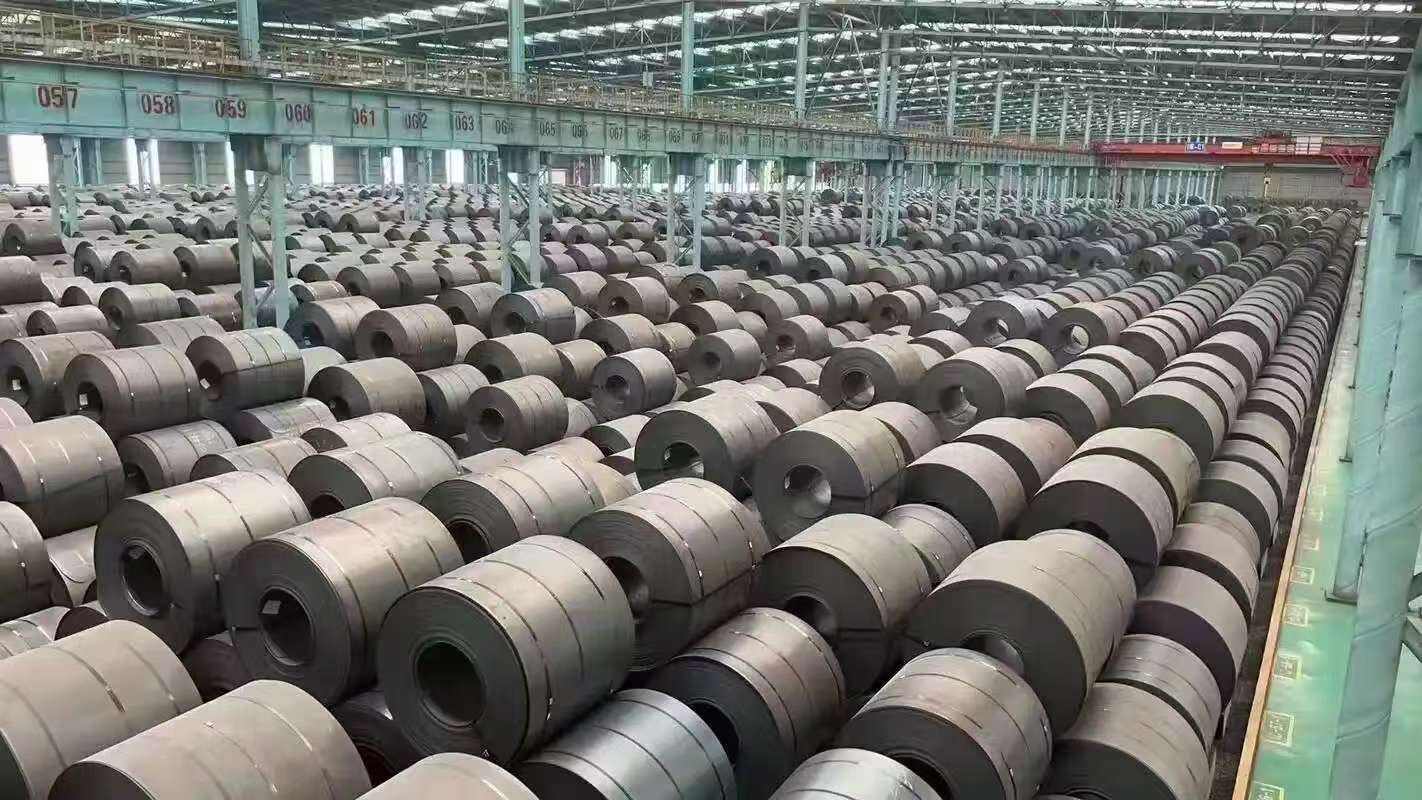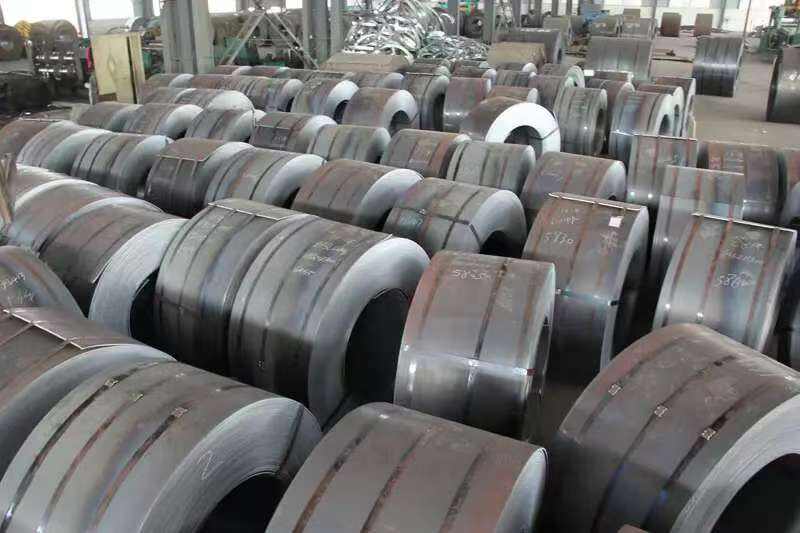steel frame cost
Steel frame cost represents a crucial consideration in modern construction projects, encompassing materials, labor, and installation expenses for structural steel frameworks. This fundamental component of building construction provides the backbone for commercial, industrial, and residential structures. The cost typically varies based on several factors, including material grade, project scale, location, and market conditions. Current steel frame costs range from $20 to $40 per square foot, factoring in raw materials, fabrication, transportation, and installation. The pricing structure reflects technological advancements in steel production, improved manufacturing processes, and enhanced durability features. These frames offer exceptional strength-to-weight ratios, making them ideal for large-scale constructions while maintaining cost-effectiveness. Modern steel frames incorporate advanced coating technologies for corrosion resistance, fire-resistant treatments, and precision engineering that ensures optimal performance throughout the structure's lifecycle. The cost analysis must consider long-term benefits, including reduced maintenance requirements, extended lifespan, and superior structural integrity compared to alternative building materials.




